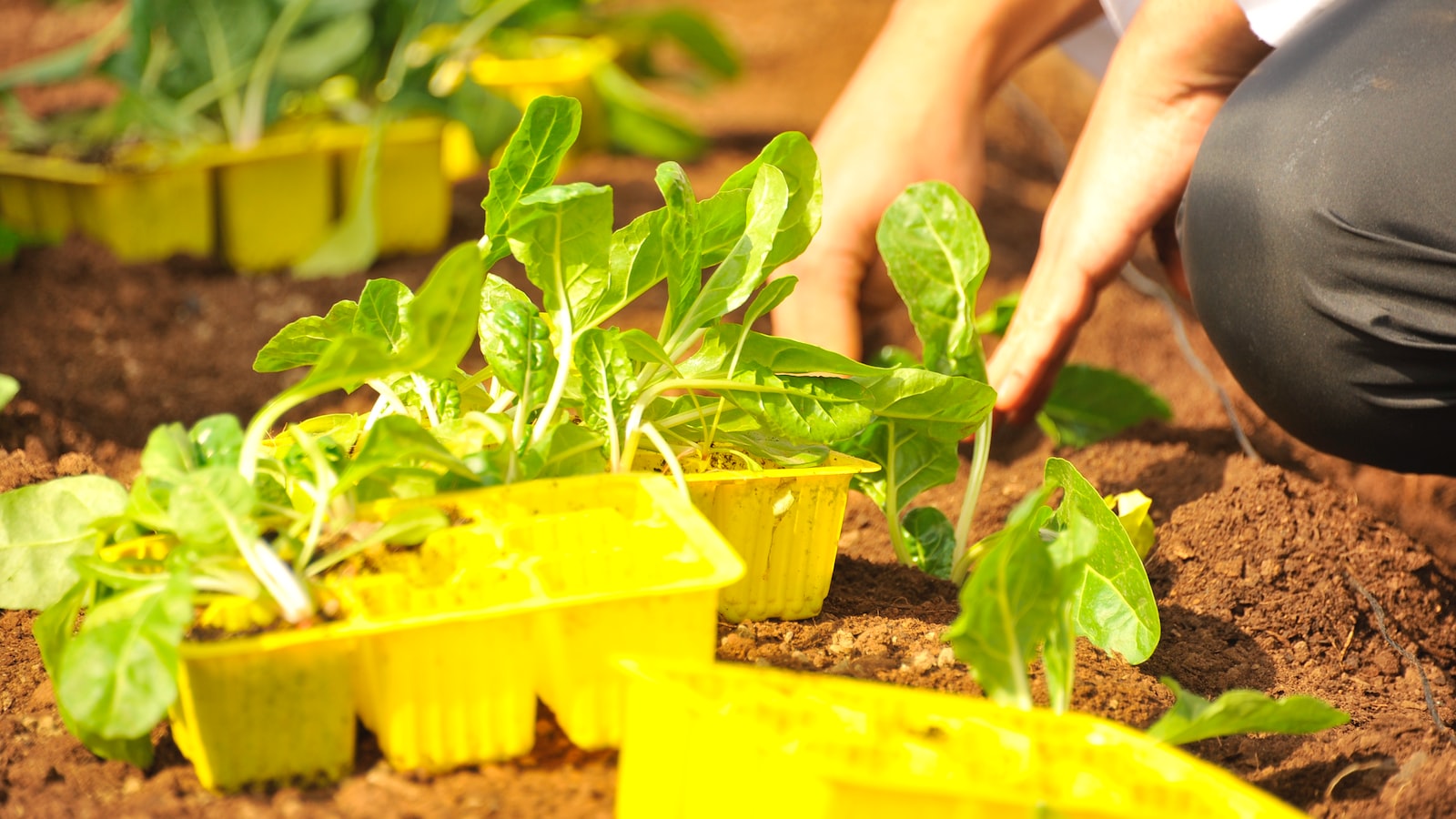Unleash the hidden poetry of your garden as we delve into the realm of acidanthera bulbs! These charming floral wonders, also known as the Abyssinian gladiolus, possess an ethereal beauty that is sure to captivate any garden enthusiast. Join us as we embark on a botanical journey, discovering the secrets of planting and nurturing these exquisite bulbs. In this article, we will shed light on the magical world of acidanthera bulbs and equip you with the knowledge needed to cultivate a garden masterpiece. So, brush off your gardening gloves and prepare to be enchanted by the enigmatic allure of acidanthera bulbs as we reveal the secrets to planting them with finesse.
Planting Acidanthera Bulbs: A Step-by-Step Guide
Looking to add a touch of elegance and beauty to your garden? Planting acidanthera bulbs is a perfect choice! These majestic bulbs produce stunning white flowers with purple markings, creating a mesmerizing sight that will surely captivate anyone who sets eyes on them. Follow this step-by-step guide to learn how to plant acidanthera bulbs and enjoy a blossoming garden filled with these exquisite blooms.
Preparing the Soil
Before planting acidanthera bulbs, it’s crucial to prepare the soil properly. Choose a location in your garden that receives full sun and has well-draining soil. Acidanthera bulbs prefer loose, nutrient-rich soil, so it’s important to loosen the earth and remove any rocks or weeds that may hinder their growth. You can improve the soil quality by adding compost or organic matter, providing the bulbs with a fertile environment to thrive.
Planting the Bulbs
Once the soil is ready, it’s time to plant the acidanthera bulbs. Dig holes that are approximately 5-6 inches deep and ensure they are spaced about 4-6 inches apart. Place each bulb in the hole with the pointed end facing up and cover them gently with soil, pressing it down lightly to secure the bulbs in place. Water the area thoroughly to ensure the soil is moist, but not waterlogged.
Features and Tips
| Feature/Tips | Description |
|---|---|
| Height | Acidanthera bulbs can grow up to 3 feet tall, adding height and dimension to your garden. |
| Blooming Season | These bulbs typically bloom in late summer or early fall, providing a burst of color to your outdoor space. |
| Overwintering | In areas with cold winters, acidanthera bulbs need to be dug up and stored indoors during the winter season. |

Choosing the Right Location for Acidanthera Bulbs
<p>When it comes to planting acidanthera bulbs, selecting the perfect location is crucial for their growth and blooming success. These stunning flowers deserve a spot that meets their specific requirements, so let's explore some tips to help you make the right choice:</p>
<h3>1. Sunlight:</h3>
<p>Acidanthera bulbs thrive in full sun, so choose a location that receives at least 6-8 hours of direct sunlight per day. This will ensure their vibrant blooms dazzle in the summer garden.</p>
<h3>2. Soil Type:</h3>
<p>For these bulbs to flourish, they require well-draining soil. Opt for a loamy or sandy soil, as it prevents waterlogging and allows the roots to breathe. Avoid heavy clay soils that <a href="https://up-gardening.com/when-to-plant-sunflowers-in-tennessee/" title="When to Plant Sunflowers in Tennessee">retain excessive moisture</a>.</p>
<h3>3. Temperature:</h3>
<p>Acidanthera bulbs are native to tropical and subtropical regions, thriving in warm temperatures. Plant them in areas where the temperature consistently stays above 50°F (10°C) during the growing season. In cooler climates, it's best to lift the bulbs during winter and store them indoors to protect them from frost.</p>
<h3>4. Protection from Wind:</h3>
<p>Since strong winds can damage the delicate stems of these bulbs, consider planting them in a location shielded from excessive wind. This could be near a fence, wall, or any natural windbreak, ensuring a safe and sturdy growth for your acidanthera bulbs.</p>
<table style="width:100%">
<tr>
<th>Feature</th>
<th>Tips</th>
</tr>
<tr>
<td>Dormancy Period</td>
<td>Allow the bulbs to go dormant during winter by reducing watering and storing them in a cool, dry place. This helps them rejuvenate for the next growing season.</td>
</tr>
<tr>
<td>Planting Depth</td>
<td>Plant acidanthera bulbs 3 to 4 inches deep in the soil, ensuring the top of the bulb is facing upward for proper growth.</td>
</tr>
<tr>
<td>Companion Planting</td>
<td>Pair acidanthera bulbs with annuals like zinnias or salvias for a stunning combination of colors in your garden. The bulbs also make a striking addition to borders or containers.</td>
</tr>
</table>
Creating the Ideal Soil Conditions for Acidanthera Bulbs
When it comes to planting acidanthera bulbs, creating the ideal soil conditions is crucial for their successful growth and bloom. These stunning flowers, also known as Abyssinian gladiolus, require a specific type of soil that is well-draining and rich in organic matter. By following a few simple steps, you can ensure that your acidanthera bulbs are provided with the perfect environment to thrive.
To begin, select a planting location that receives full sun or partial shade. Acidanthera bulbs love sunlight, so finding an area with at least six hours of direct sunlight is ideal. Once you’ve chosen the perfect spot, prepare the soil by removing any weeds or debris. Loosen the soil using a garden fork, ensuring that it is crumbly and not compacted.
| Features | Tips |
|---|---|
| Well-draining soil | Use a mixture of sand and compost to improve drainage |
| Rich in organic matter | Add well-rotted manure or compost to increase fertility |
| Optimal sunlight | Plant in an area that receives at least six hours of direct sunlight |

Essential Tips for Successful Acidanthera Bulb Planting
Acidanthera bulbs are a stunning addition to any garden, with their elegant white blooms and delicate fragrance. Planting these bulbs requires attention to detail and the right techniques to ensure successful growth and abundant blooms. To help you achieve the garden of your dreams, here are some .
Choosing the Right Location
When it comes to acidanthera bulbs, location plays a significant role in their growth and overall health. Here are a couple of tips to consider:
- Sunlight Exposure: Acidanthera bulbs thrive in full sun, so choose a spot in your garden that receives at least six hours of direct sunlight each day.
- Well-Drained Soil: Ensure the soil is rich, loose, and well-draining. Acidanthera bulbs do not fare well in waterlogged or compacted soil.
Planting and Caring Guide
Now that you’ve found the perfect spot for your acidanthera bulbs, it’s time to plant them. Follow these guidelines for a successful planting and care:
| Feature/Tips | Description |
|---|---|
| Depth and Spacing | Plant the bulbs about 3 to 4 inches deep, keeping a distance of 4 to 6 inches between each bulb. |
| Watering | Keep the soil consistently moist, but avoid overwatering, as it can lead to rotting. Water the bulbs regularly during the growing season. |
| Fertilization | Apply a balanced, slow-release fertilizer to the soil in early spring, before the bulbs start to emerge, to provide them with the necessary nutrients. |
By implementing these essential tips, you’ll be on your way to a successful acidanthera bulb planting experience. Enjoy the beauty and grace these bulbs bring to your garden, and watch as they enchant you with their breathtaking blooms.
Frequently Asked Questions
Q: What’s the secret to planting acidanthera bulbs like a pro?
A: Oh, the mesmerizing dance of the acidanthera bulbs! Here are some questions and answers to help you unleash their magic in your garden:
Q: How deep should I plant my acidanthera bulbs to ensure a blooming masterpiece?
A: Ah, dear gardener, let us dive into the realm of soil depths! For the perfect blend of elegance and growth, aim for a depth of about 4-6 inches (10-15 cm) when planting your acidanthera bulbs. Remember, a gentle touch and a touch of intuition will lead you to the sweet spot!
Q: When is the ideal time to put these delightful bulbs into the ground?
A: Ah, the seasons shall guide your endeavor! Wait for the frost risk to fade away and embrace the gentler warmth of spring before planting your acidanthera bulbs. These enchanting beings long for the soil temperature to reach around 50-55°F (10-13°C) to begin their waltz towards beauty.
Q: Is there a secret to breathtaking acidanthera blooms that will leave my neighbors enchanted?
A: Ah, the enchantment lies in the care! For the most captivating display, ensure your acidanthera bulbs are planted in a sunny area, basking in at least 6 hours of sunlight each day. The fertile soil shall entice them, so enrich it with organic matter like compost or well-rotted manure. And remember, a sprinkle of tender love and watering when the soil feels dry will guarantee a mesmerizing floral spectacle!
Embrace the artistry of acidanthera bulbs, dear gardener, and let their allure grace your garden with their breathtaking blooms! As we wrap up our horticultural exploration into the enigmatic world of Acidanthera bulbs and their planting technique, we bid farewell with a soft sigh of satisfaction. Planting these delightful gems surely encapsulates an art that enchants both amateurs and seasoned gardeners alike.
As you embark on your Acidanthera cultivation journey, remember to nurture these bulbs with patience and tender care. Prepare a lavish stage for their grand entrance by selecting a location with well-draining soil, bathing them in ample sunlight, and ensuring consistent moisture. Like artists fine-tuning their masterpieces, these charming flowers crave the perfect balance of nature’s elements.
When that magical moment arrives, and the lush foliage makes its graceful ascent from the earth, it signals the imminent splendor of Acidanthera blooms. Delicate and undeniably elegant, these flowers dangle from slender stems like pieces of gossamer, radiating an ethereal allure that captivates hearts and gardens alike.
With a color palette rich in velvety purples, pristine whites, and vibrant yellows, these graceful blooms imbue any landscape with an enchanting touch. Be it a humble window box or a sprawling floral tapestry, Acidanthera bulbs seamlessly blend with their surroundings, adding a touch of understated sophistication and a dash of nature’s magic.
And so, dear readers, we conclude our guide on the captivating world of Acidanthera bulbs and their planting process. May the knowledge and intricacies shared here serve as your guiding light on this verdant path. Remember, in the realm of horticulture, becoming one with the plants is a lifelong endeavor, a dance of harmony and understanding.
As you embark on your own gardening pursuits, we wish you endless joy and fulfillment in this ever-evolving journey. Let the Acidanthera bulbs be not just plants in your garden, but rather ambassadors of natural wonder, reminding us of the boundless beauty and resiliency that lies within the tender embrace of Mother Nature. Happy planting, green thumbs!
- When to Put Weed and Feed on Lawn in Michigan - October 16, 2023
- When to Fertilize Potatoes Plants - October 16, 2023
- Can You Plant Clover in the Spring - October 16, 2023
Contents
- 1 Planting Acidanthera Bulbs: A Step-by-Step Guide
- 2 Preparing the Soil
- 3 Planting the Bulbs
- 4 Features and Tips
- 5 Choosing the Right Location for Acidanthera Bulbs
- 6 Creating the Ideal Soil Conditions for Acidanthera Bulbs
- 7 Essential Tips for Successful Acidanthera Bulb Planting
- 8 Choosing the Right Location
- 9 Planting and Caring Guide
- 10 Frequently Asked Questions

